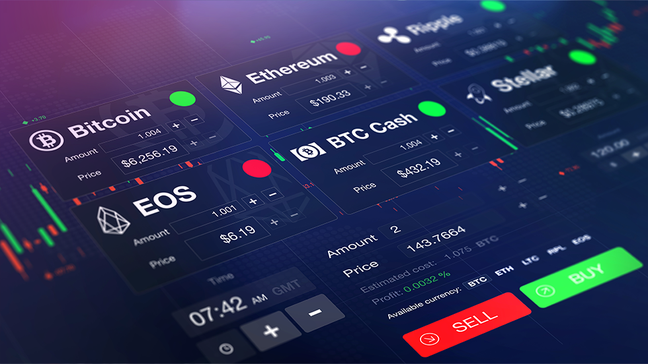
The Complete Guide to Crypto Margin Trading: Strategies, Risks, and Rewards
Crypto Margin Trading is an exciting frontier in the world of digital finance, offering traders the unique ability to leverage their positions, amplifying both potential profits and risks. In this comprehensive guide, we will explore what Crypto Margin Trading is, how it works, the strategies you can employ, and the risks you need to be aware of. For further insights and resources, Crypto Margin Trading click here.
What is Crypto Margin Trading?
Margin trading is a method of trading that allows traders to borrow funds to increase their investment size. In the context of cryptocurrencies, this means that traders can use borrowed liquidity to trade larger positions than they could afford with their own capital alone. The process typically involves using a margin trading platform or an exchange that offers margin trading services.
How Does Crypto Margin Trading Work?
In Crypto Margin Trading, traders must deposit collateral, known as margin. This margin acts as a safety net that the exchange holds to secure the loan they extend for trading. Here’s a simplified breakdown of how it works:
- Choosing a Margin Trading Platform: The first step is selecting a reputable crypto exchange that supports margin trading, such as Binance, Kraken, or Bitfinex.
- Creating and Funding Your Account: You’ll need to create an account, complete any required KYC/AML checks, and deposit funds to serve as your margin.
- Borrowing Funds: Depending on your margin requirements and your chosen leverage ratio—commonly ranging from 2x to 100x—you can borrow funds to open a position larger than your available margin.
- Trading: Once your account is set up and funded, you can place trades using the borrowed funds, aiming to capitalize on price movements in the crypto market.
- Repaying the Loan: When closing your position, you’ll need to repay any borrowed funds plus any fees incurred. The remaining profit or loss will be credited to your account.
The Advantages of Crypto Margin Trading
There are several benefits to engaging in crypto margin trading:
- Increased Buying Power: Margin trading allows traders to control a larger position with a smaller amount of capital.
- Potential for Higher Returns: The ability to leverage can lead to significantly higher profits if the market moves in your favor.
- Diverse Trading Strategies: Margin trading opens up opportunities for various trading strategies, including day trading, swing trading, and arbitrage.
Strategies for Successful Crypto Margin Trading
To succeed in margin trading, traders should develop robust strategies and risk management techniques:

1. Trend Following
One popular strategy is trend following, which involves trading in the direction of the overall market trend. Traders can use technical indicators, such as moving averages, to identify trends and make informed decisions.
2. Scalping
Scalping involves making small profits from quick trades. Scalpers leverage their positions to capitalize on minor price fluctuations in the market.
3. Hedging
Hedging can protect against potential losses by opening positions that offset existing trades. For example, if you hold a long position, you might open a short position in another asset to mitigate risk.
The Risks of Crypto Margin Trading
While the potential for profit is significant, margin trading comes with considerable risks:
- Liquidation Risk: If the market moves against your position and your margin balance falls below a certain threshold, your position may be liquidated, leading to significant losses.
- High Volatility: The crypto market is known for its volatility, which can amplify risks when trading on margin.
- Emotional Decision Making: The rapid nature of margin trading can lead to impulsive trading decisions driven by fear or greed.
Best Practices for Risk Management in Margin Trading
Effective risk management is crucial for successful margin trading. Here are some best practices:
- Use Stop-Loss Orders: This ensures that your position automatically closes when it reaches a pre-defined loss level, protecting your capital.
- Don’t Over-Leverage: While leverage can increase your profits, it also heightens your risks. It’s wise to keep your leverage at a reasonable level.
- Maintain a Trading Journal: Documenting your trades can help you identify successful patterns and areas for improvement.
Conclusion
Crypto Margin Trading can be a powerful tool for experienced traders looking to maximize their returns in a volatile market. However, it’s essential to understand the mechanisms involved, be aware of the risks, and implement effective risk management strategies. Whether you decide to engage in margin trading or not, continuous learning and prudent decision-making will always be key to success in the world of cryptocurrencies.
Leave A Comment